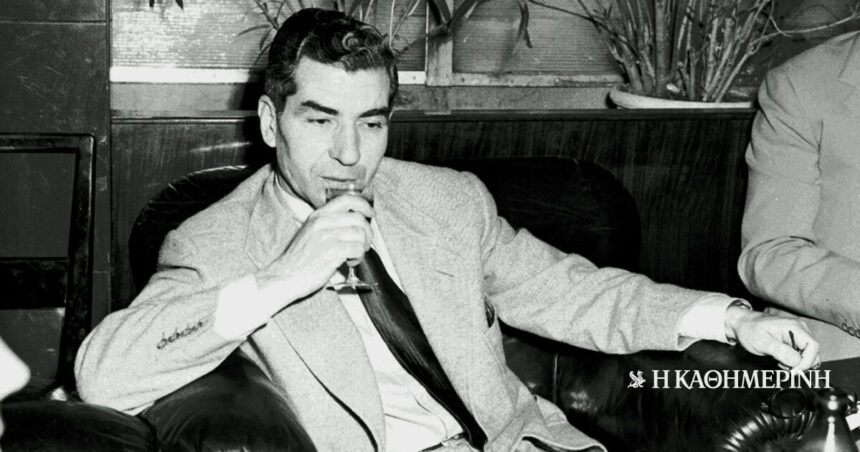On April 1, 1936, Arkansas was arrested in Hott Springs of Arkansas Charles “Lucky” Luciano. It was a major turning point in the fight against organized crime in United States. His arrest was the culmination of extensive investigation carried out by Special Prosecutor Thomas E. Dui, who had targeted her criminal networks. New York.
In the early 1930s, Luciano had expanded his activities, taking control Small Scale Business Business in New York. In 1935, New York Governor Herbert Lehman appointed Duy as a special prosecutor to fight organized crime in the city. The assistant prosecutor, Junis Carter, led a survey that linked Luciano to this prostitution network as they noticed that they noticed that Many of the issued women arrested were represented by the same guarantors and lawyers who worked for Luciano. Carter managed to persuade many of the arrested to testify against Luciano, revealing his role as the head of an extensive prostitution circuit.
In March 1936, after information on his forthcoming arrest, Luciano escaped to the Hott Springs of Arkansas, an area known as a refuge for fugitives. On April 1, 1936, New York Detective, John J. Brennan, found Luciano walking on Bathhauz Avenue. Brennan approached him and suggested that he voluntarily return to New York, a proposal that Luciano refused, stating that he was having a good time in hot springs.
The New York authorities demanded its publication and Luciano was arrested the same day. However, A local judge left him free with a $ 5,000 guaranteecausing the wrath of Duy, who contacted Arkansas’s ruler, J. Marion Foulell, and the Attorney General, Carl E. Bailey, demanding action.
On April 3, Bailey issued a arrest warrant and ordered Luciano’s transfer to Little Rock. Twenty men from the State Police were sent to hot springs to pick him up. During the issuance process, a man, allegedly a partner of ONN MADEN, approached Bailey and offered him $ 50,000 to ensure that the version is rejected. Bailey rejected the offer, stating that Arkansas is not for sale.
The testimonies of his former associatesmainly women who worked in the prostitution he managed, played a decisive role in his condemnation.
Finally, on April 17, after all Luciano’s legal choices were exhausted, Arkansas authorities handed him over to three New York detectives to train him back to New York, where he would be tried. When the train arrived in St. Louis, Missouri, detectives and Luciano changed trains, with 20 local police officers guarding them to prevent any attempt to rescue the mafia. The team arrived in New York on April 18, and Luciano He was taken to prison the next daysince he failed to pay the $ 350,000 guarantee appointed by Judge McCuk.
On May 11, 1936, his trial began. The prosecution, led by Thomas Duy, presented strong evidence that Luciano was the brain of an extensive prostitution network. Although he himself denied the accusations, the testimonies of many former associates ofmainly women who worked in the prostitution he managed, played a decisive role in his condemnation.
On June 7, 1936, Luciano was found guilty of forcing prostitution and sentenced to 30 to 50 years in prisonone of the heaviest penalties that had ever been imposed on a mobster of that time. The decision was considered a big victory for Duy, who became a national hero and later the ruler of New York.
Luciano was imprisoned in the Danemore prison and later in Wendworth. However, during the World War IIthe US authorities came to a secret agreement with him to help protect New York ports from Nazi espionage and sabotage. In return, after the end of the war, New York Governor Thomas Duy gave him a favor on the condition that he was permanently exiled to Italy.
In 1946, Luciano was taken to the Napleswhere he continued to influence the organized crime until his death in 1962.
Column: Myrto Katsigera, Vassilis Minakakis, Antigoni-Despina Poumenidou, Athanasios Syroplakis






